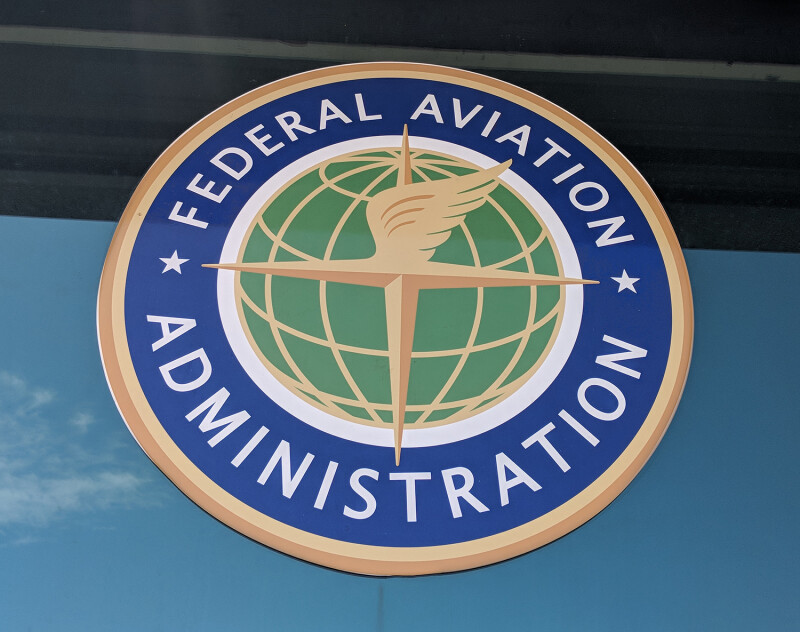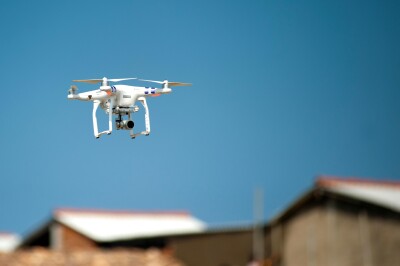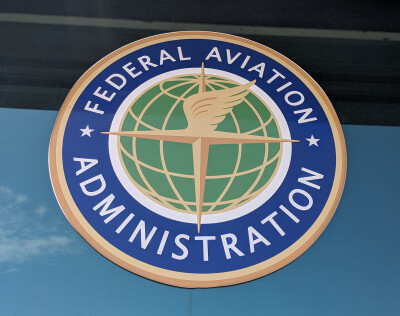In the US, drone companies and operators are eagerly awaiting clear guidelines for Beyond Visual Line of Sight (BVLOS) operations. The promise of a new Part 108 ruling from the Federal Aviation Administration (FAA) in the coming year has UAV leaders enthusiastic about the future, but recent developments have raised serious concerns.
Missed Deadline
Most notably, the Federal Aviation Administration has missed its September 16 deadline for publishing regulations on beyond visual line of sight (BVLOS) drone operations, a deadline mandated by the FAA Reauthorization Act of 2024.
According to an article in Drone XL, issuing these regulations “was meant to be the first major step toward establishing a comprehensive framework for advanced drone operations in U.S. airspace,” and the delay could stall growth in the drone industry.
As DroneXL said: “Drone manufacturers are left waiting for clear guidelines, while technology companies developing autonomous systems remain in limbo. Service providers planning BVLOS operations must continue to operate under restrictive waivers, and companies investing in drone delivery infrastructure face uncertain timelines. Perhaps most critically, public safety organizations seeking to expand their capabilities are forced to maintain limited operations.”
NPRM on Track for the End of 2024?
Another requirement for federal regulators is the issuance of the required NPRM (Notice of Proposed Rulemaking) concerning the Part 108 rule for BVLOS drone operations by the end of 2024. In a comprehensive overview of Part 108, the Drone Pilot Ground School explained that an NPRM is “a public notice issued by a U.S. federal agency and published in the Federal Register that describes a proposed new regulation or rule change and solicits public comments on it.”
Once the NPRM is published, the Drone Pilot Ground School stated, the document will be “open for public comment, typically for a period ranging from 30 to 90 days.” When this period ends, stakeholders will have the provide input before the final Par 108 ruling is issued, which is expected to be sometime in 2025.
At last month’s Commercial UAV Expo, Brandon Roberts, the FAA’s Executive Director of the Federal Aviation Administration’s Office of Rulemaking, said “We are hopeful the NPRM will be published before the end of the year, and we hope we receive many, many comments” from drone industry professionals.
Leaders Urge Action
Commenting on the missed September 16 deadline and upcoming NPRM target, the Commercial Drone Alliance (CDA) urged federal rule makers to hold to their commitment to produce the NRPM by the end of the year. “The significance of issuing the draft rule this year cannot be overstated,” the CDA said. “Today, drone operations BVLOS require costly, lengthy, case-by-case FAA approval processes which prevent beneficial operations, as well as inhibit companies from scaling in the United States. This situation is not sustainable.”
The CDA called on “federal agencies including the DOT and FAA, as well as the White House, to stay on course and deliver the draft BVLOS rule by the end of the year. The future of the drone industry in the United States—and the countless benefits it can bring—depends on timely action.”
In addition, a bipartisan group of congressional representatives, including members of the Transportation and Infrastructure Committee and Aviation Subcommittee, sent a letter to on October 21 to DOT Secretary Pete Buttigieg and FAA Administrator Michael Whitaker regarding the delay. An article in Unmanned Airspace explained that the letter “notes the importance of establishing a performance-based framework for BVLOS operations of uncrewed aircraft systems (UAS),” stating that congressional leaders said “It is concerning [that] the failure to comply with statutory instructions may also result in the delay of a final rule.”
You can read the complete letter here: https://transportation.house.gov/uploadedfiles/2024-10-21_--_bvlos_letter_to_dot_faa.pdf
Watch Commercial UAV News for regular updates on federal drone rules and regulations.















Comments